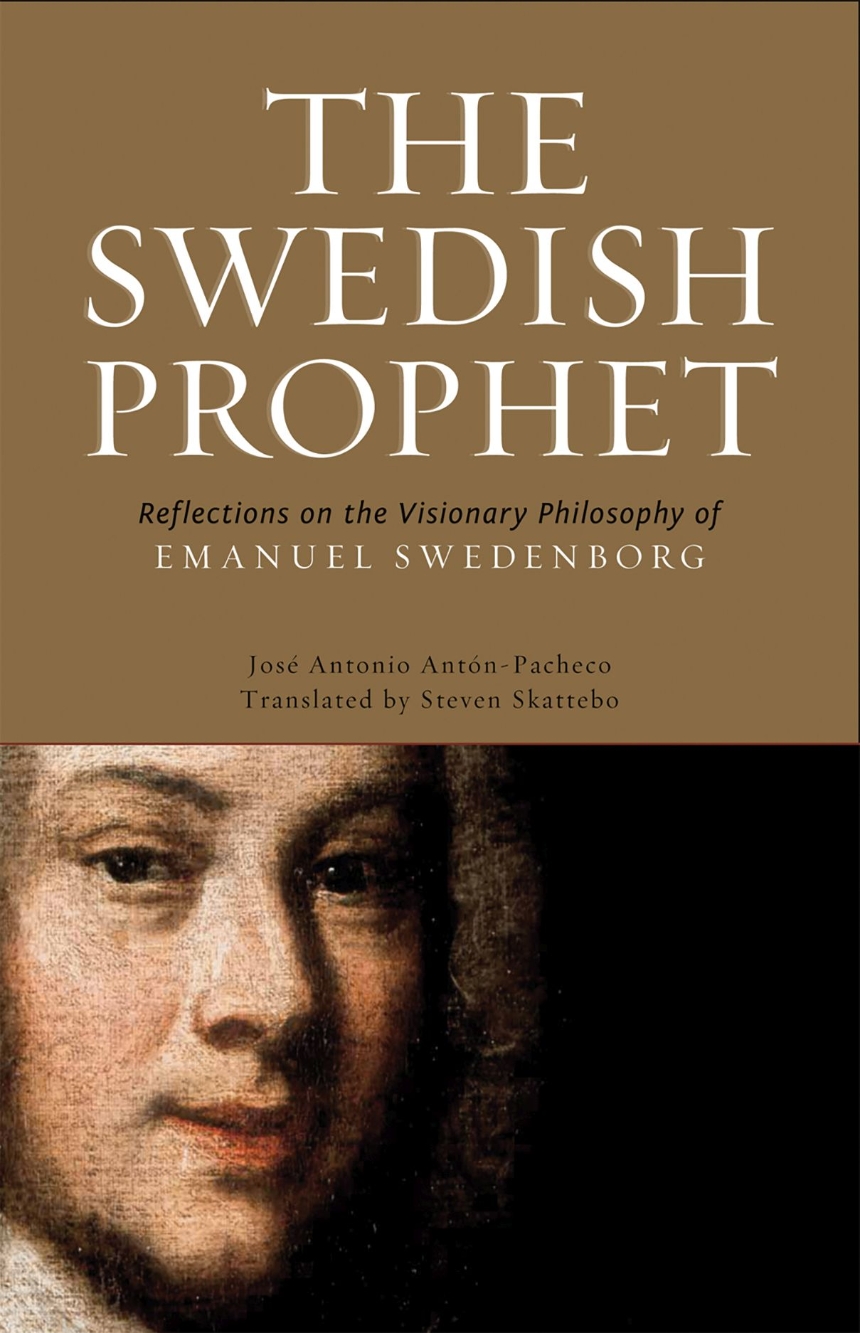Swedenborg Foundation Publishers
The Swedish Prophet
Reflections on the Visionary Philosophy of Emanuel Swedenborg
Distributed for Swedenborg Foundation Publishers
The Swedish Prophet
Reflections on the Visionary Philosophy of Emanuel Swedenborg
José Antonio Antón-Pacheco exercises his expertise in philosophy in this meditation on the ideas of Emanuel Swedenborg.
In this book he tackles subjects as diverse as the nature of unity and the way that the Divine manifests in the world; the nature of human beings as they relate to the higher realms, and specifically Swedenborg’s concept of the Grand Man or Universal Human; the mystical nature of Swedenborg’s interpretation of the Bible; and the nature of time and space in the spiritual world. Alongside his exploration of Swedenborg’s thought are examinations of Swedenborg’s influence on a variety of different thinkers and authors, from Jorge Luis Borges to Ibn ’Arabi.
This book was originally published in Spanish as El profeta del norte: Un libro sobre Swedenborg. Perfect for scholars and serious students of Swedenborg’s thought, Antón Pacheco’s powerful writing casts a new light on the Swedish prophet.
Excerpt
Swedenborg will serve as a reference point to begin a study of religious philosophy and comparative spiritual hermeneutics, fields where, we reiterate, Swedenborg is a privileged paradigm. And together with all these elements mentioned, one must keep in mind Swedenborg’s formative components: his illustrious training as a scientist and his Christian reformative thrust. All these factors have to be considered if we want a true idea of Swedenborg’s thought.
We are proposing a continuity and a harmonization among the spiritual currents that have appeared in the history of religious consciousness. But such continuity and harmonization are not necessarily due to genetics or historical succession; first one must view them as an emergence of common archetypes and symbols together with common perceptions and experiences. This will be our line of study in this examination of Swedenborg’s works: we will analyze some categories that appear in religious and exegetical philosophies and we will compare them with those of Swedenborg.
One methodological issue is essential from the beginning: we will approach Swedenborg according to the standards of a type of thought that frequently utilizes mythical vehicles of expression. Therefore, Swedenborg will have to be treated with the same methodological criteria that are applied to other systems with mythical traits. Otherwise, the result will be the usual misunderstanding of Swedenborg. This means it will be necessary to demythologize the Scandinavian visionary, which does not imply a demystification or the reductionism of a rationalist “criticism”; it means, rather, the translation of mythic forms to the more comprehensive schema provided by the phenomenology of religion and by a comparative analysis of the diverse modalities of religious consciousness. The lack of sensibility regarding Swedenborg to which we alluded before has been caused precisely by a lack of perspective when analyzing his work. If we keep in mind that we need to place Swedenborg’s vision alongside visions that are, for example, prophetic, apocalyptic, and gnostic, we therefore need to employ the same method of investigation toward him as toward those visions. Only if we add to these factors those equally important factors of scientific training and the critical impulse of a Christian reformer can we penetrate into Swedenborg’s spiritual world.

